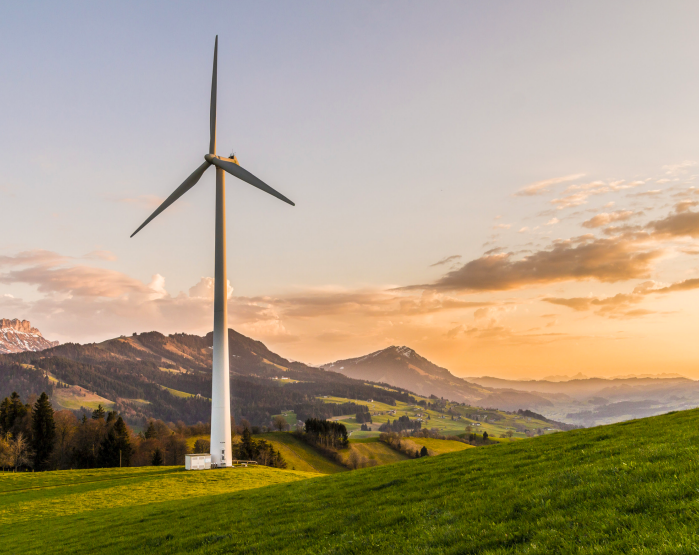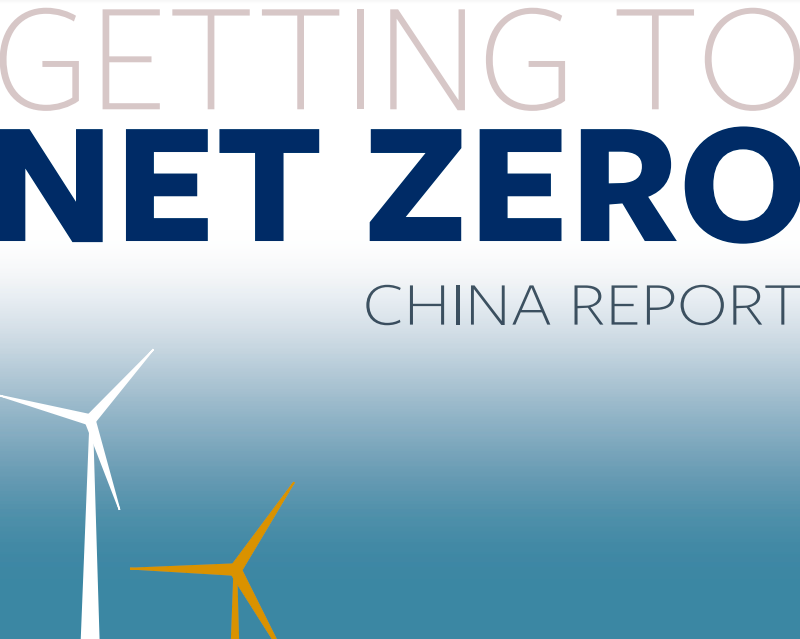RECENT PUBLICATIONS
 |
China’s Energy Transition Brief: How Power Market Reforms are Meeting Climate Goals China’s power market reforms offer an opportunity to advance the nation’s ambitious climate goals. Guided by national power reform initiatives, provinces are piloting programs to incentivize green power trading, granting grid access to low-carbon resources, and promoting efficient energy usage. This brief provides an overview of these provincial reforms and analyzes their possible contribution to China’s climate goals. It also briefly highlights the challenges ahead and explores opportunities to further unleash the potential of power market reforms. |
|
 |
After launching its national methane control action plan in 2023, China has focused on reducing methane emissions by intensifying mitigation efforts at both the national and subnational levels. By 2024, several provinces demonstrated significant progress by introducing action plans with targeted projects and clear quantitative goals for managing methane from agriculture and solid waste. This brief updates the previous 2023 report by providing a data-driven analysis of subnational progress and highlighting the challenges and opportunities provinces are facing. |
|
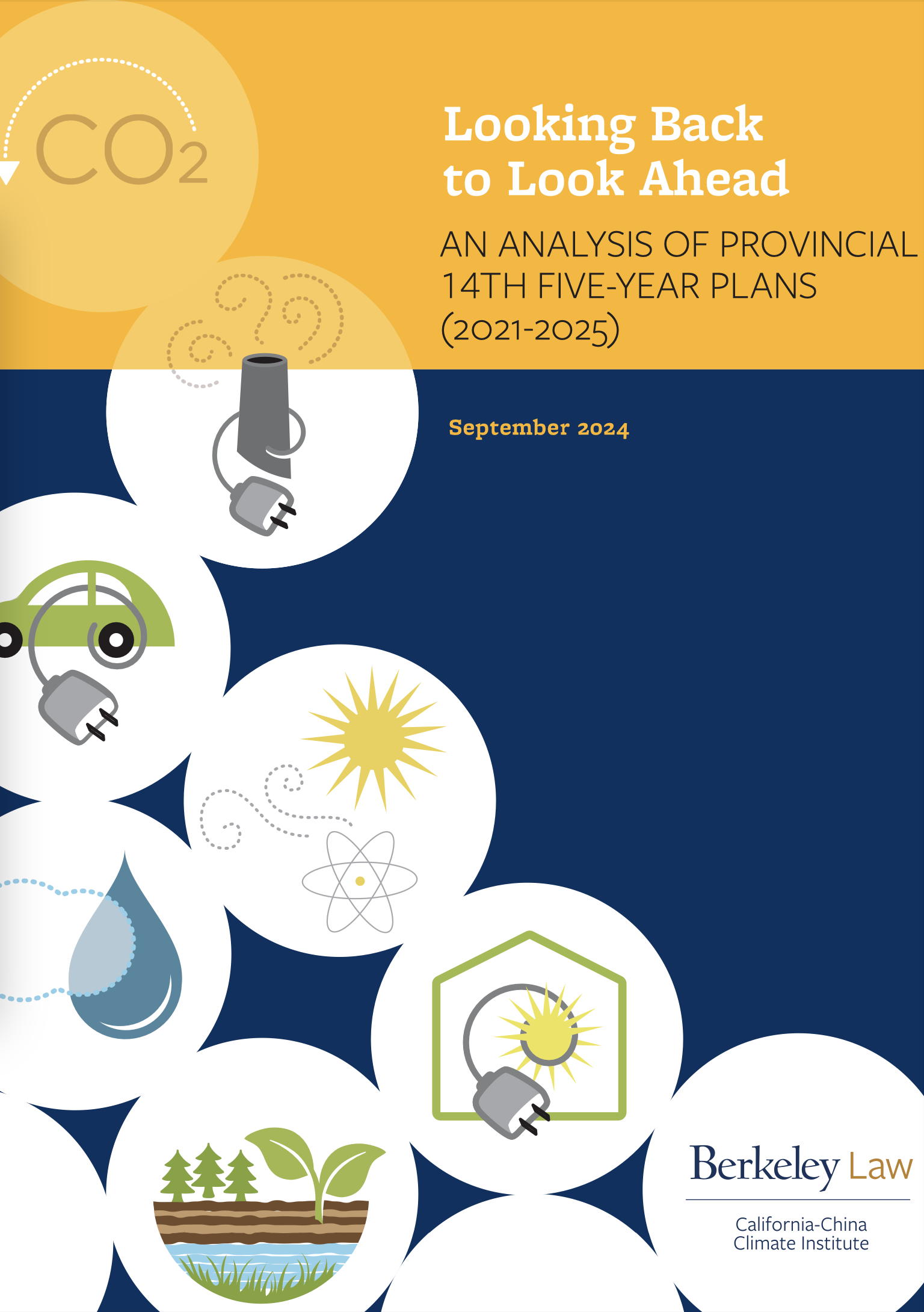 |
Looking Back to Look Ahead: An Analysis of Provincial 14th Five-Years Plans (2021-2025) (September 2024) This report analyzes policies and measures to address climate change in China’s national and provincial 14th five-year plans. Drawing on successes and shortcomings of these plans, the report provides recommendations for enhancing how climate change is incorporated into the 15th five-year planning cycle.
|
|
 |
To better support the implementation of China’s methane action plan, and reduce agricultural methane, this report utilizes an integrated analytical framework to (1) understand the factors that are driving methane emissions, (2) reflect regional agricultural contexts and the need for localized policy approaches, and (3) recognize the steps needed to establish a robust MRV system.
|
|
 |
|
This brief summarizes how wetlands contribute to climate change mitigation and factors that affect greenhouse gas flux in wetlands. Lessons and experiences from the Sacramento-San Joaquin Delta, California provide insights for other regions on best practices that could be adopted, as well as existing gaps and challenges.
|
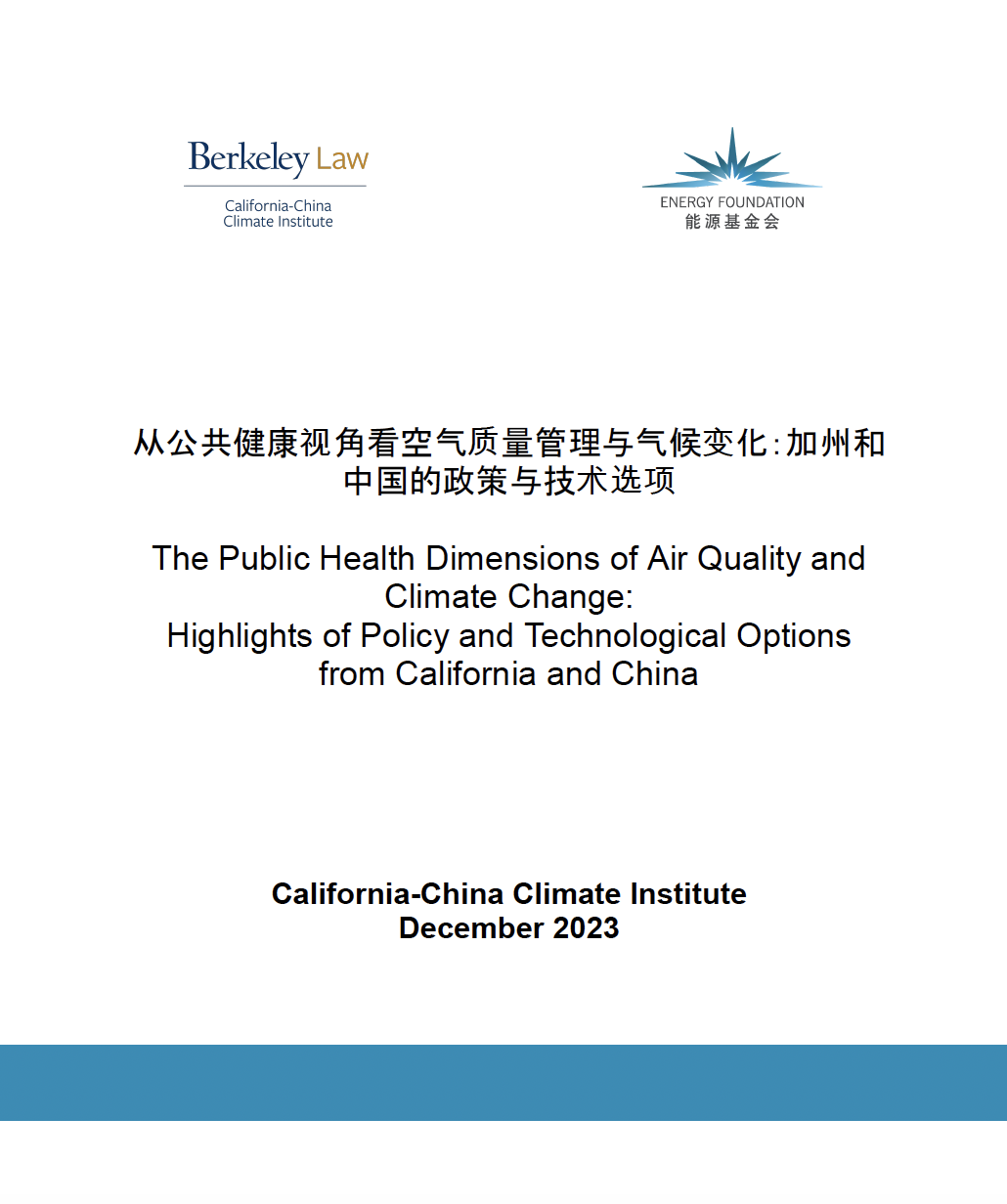 |
The Public Health Dimensions of Air Quality and Climate Change: Highlights of Policy and Technological Options from California and China (December 2023)This report analyzes policies and programs, implementation mechanisms, and lessons learned from California and China in achieving public health co-benefits through air quality and climate policies. Lessons and experiences from both jurisdictions - including case studies of Los Angeles, Beijing, and Shenzhen - provide insights for other regions on best practices that could be adopted, as well as existing gaps and challenges.
|
|
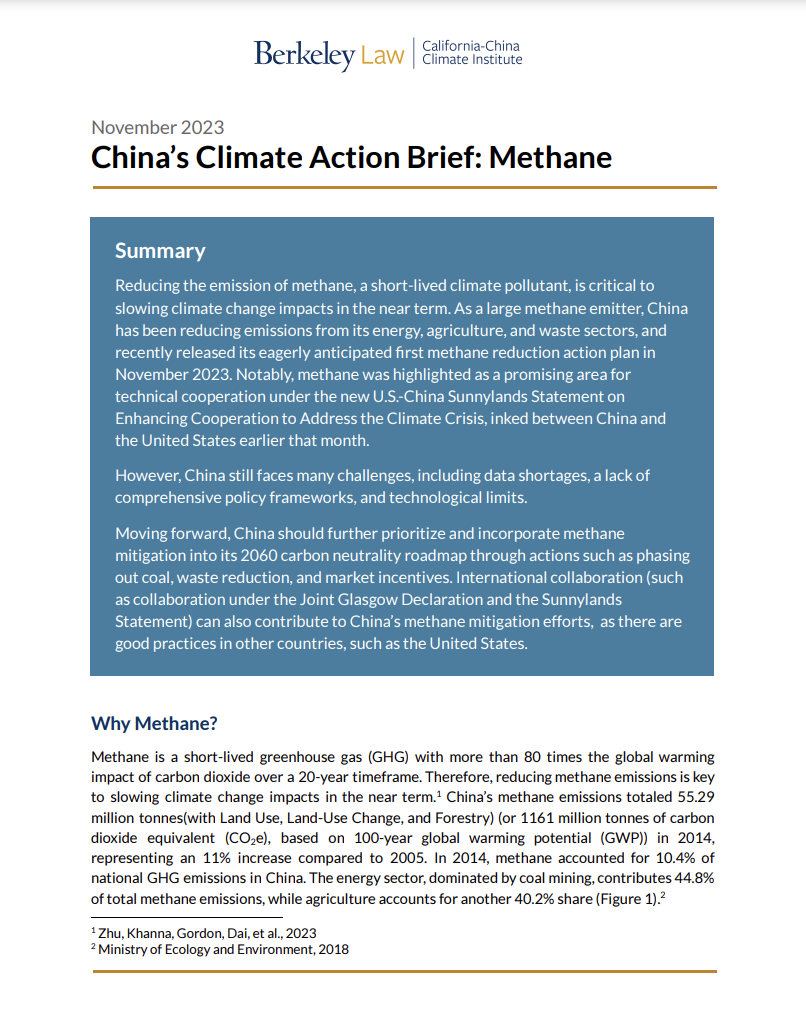 |
|
China's Climate Action Brief: Methane (December 2023)China has been reducing emissions from its energy, agriculture, and waste sectors, and, notably, methane was highlighted as a promising area for technical cooperation under the new U.S.-China Sunnylands Statement on Enhancing Cooperation to Address the Climate Crisis. Meanwhile, China still faces many challenges, including data shortages, a lack of comprehensive policy frameworks, and technological limits. This new brief summarizes China’s methane policies, analyzes the challenges and opportunities China is facing, and proposes recommendations. |
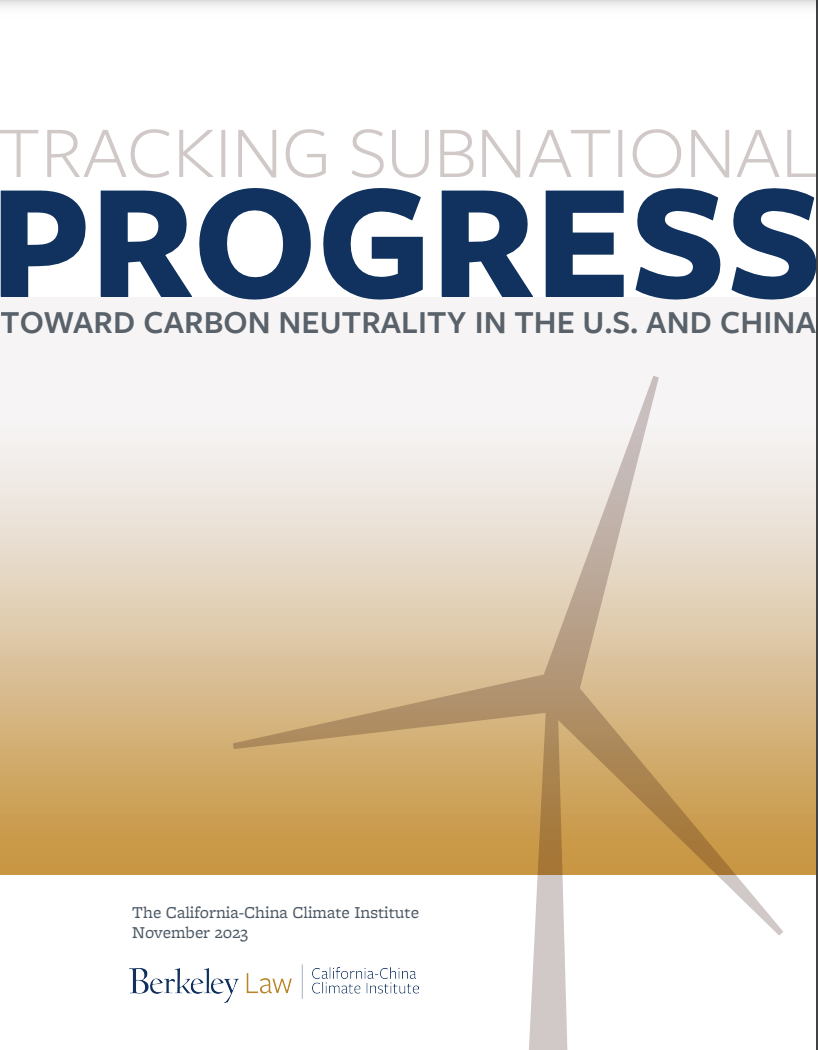 |
Tracking Subnational Progress Toward Carbon Neutrality in the U.S. and China (November 2023)This report develops indicators and 2035 milestones for each indicator to track progress by U.S. states and Chinese provinces toward mid-century carbon neutrality goals. It builds on a 2021 report, Getting to Net Zero, which developed a framework for supporting coordination on carbon neutrality between the U.S. and China. |
|
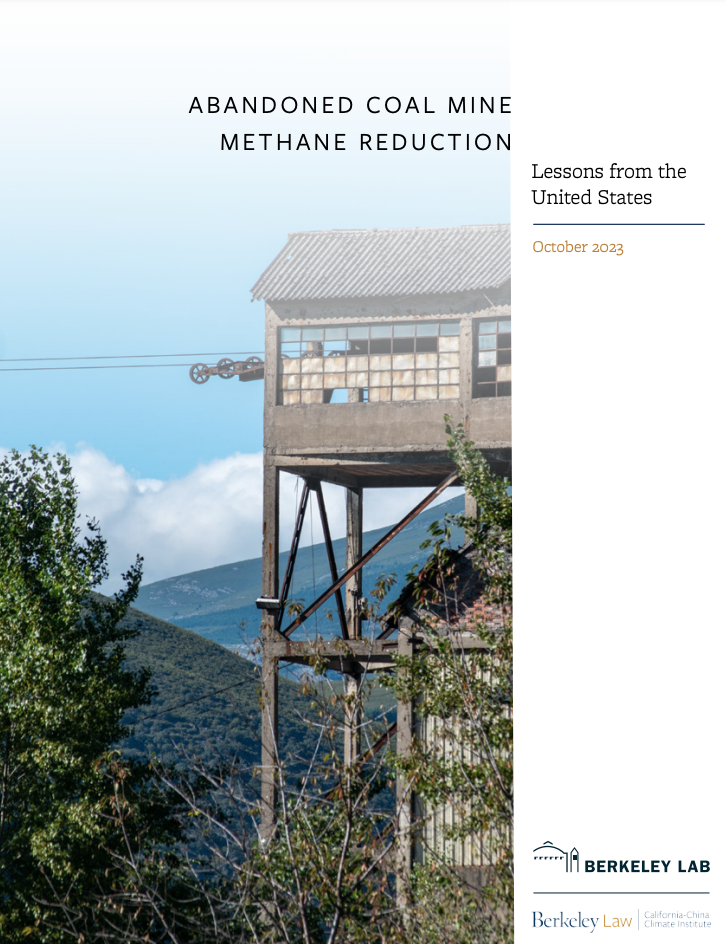 |
Abandoned Coal Mine Methane Reduction: Lessons from the
|
|
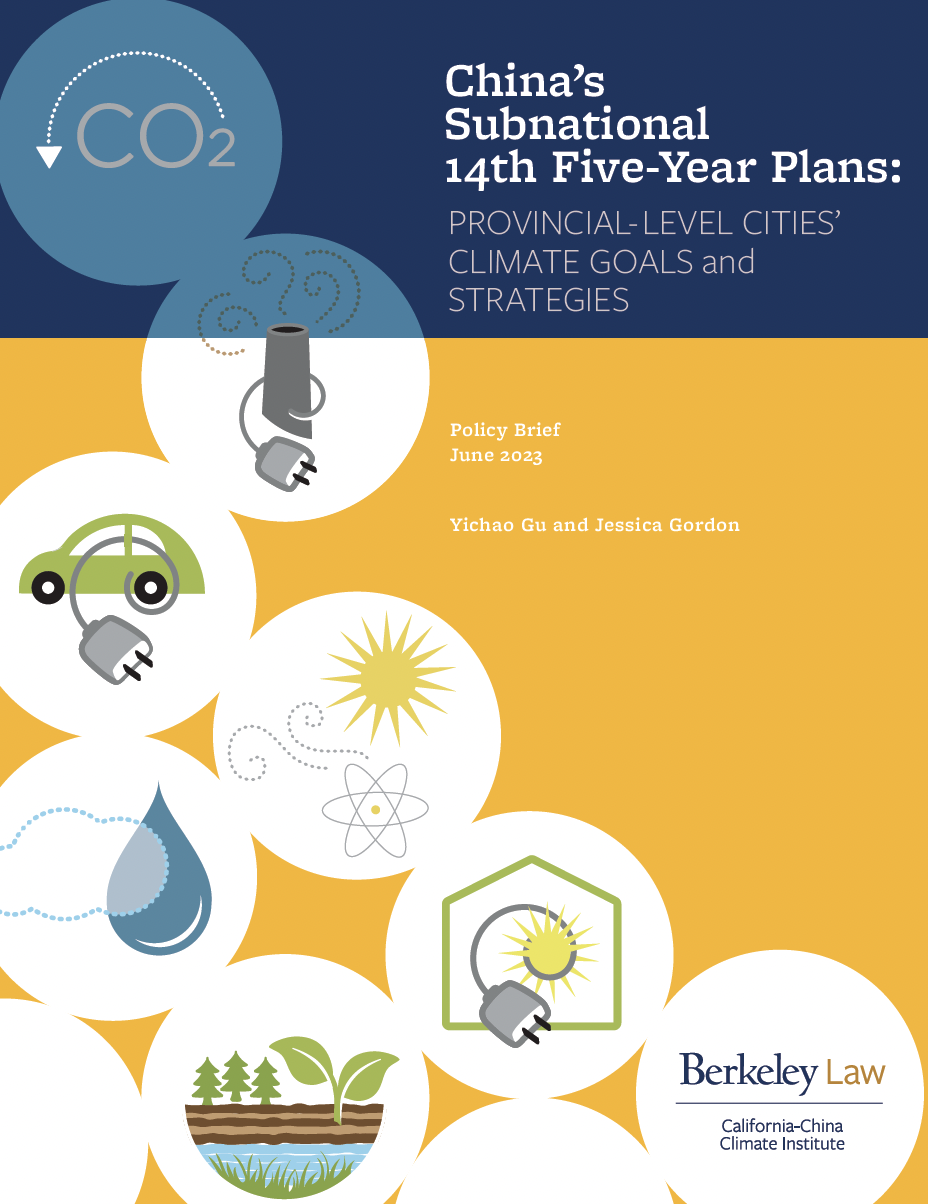 |
China's Subnational 14th Five-Year Plans: Provincial-Level Cities' Climate Goals and Strategies (June 2023)This policy brief examines the 14th Five-Year Plans (FYPs) released by China’s four provincial-level municipalities. The FYPs outline specific climate policies and targets for carbon emissions reductions, energy supply, transportation, industry, buildings, air quality, and nature-based climate solutions. |
|
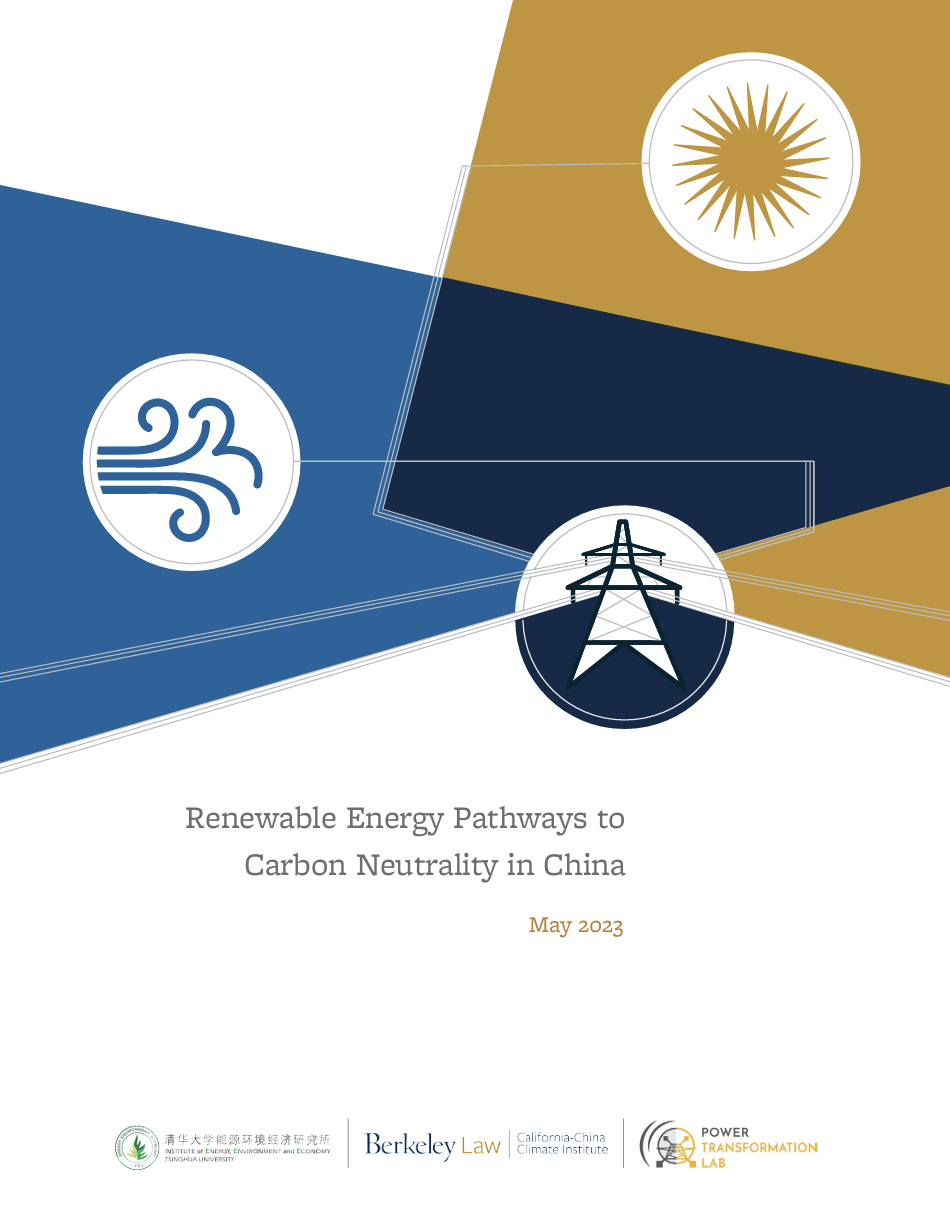 |
Renewable Energy Pathways to Carbon Neutrality in China (May 2023)In collaboration with UC San Diego and Tsinghua University, this report defines feasible and efficient renewable energy pathways, by decade, to support a more effective and equitable clean energy transition for China. This work uncovers deployment priorities across time and space and provides recommendations for near- and long-term action. |
|
 |
Tracking Carbon Emissions across the Wood Product Supply Chain: Carbon Associated with Wood Products Imports into California and China (April 2023)Given California’s and China’s ambitious climate goals and their history of climate policy collaboration, understanding the emissions associated with their wood products is an important step in building more sustainable supply chains globally. In this policy brief, we estimate the carbon associated with wood product imports into California and China, using a consumption-based approach that quantifies emissions and sequestration from all stages of the wood product supply chain. |
|
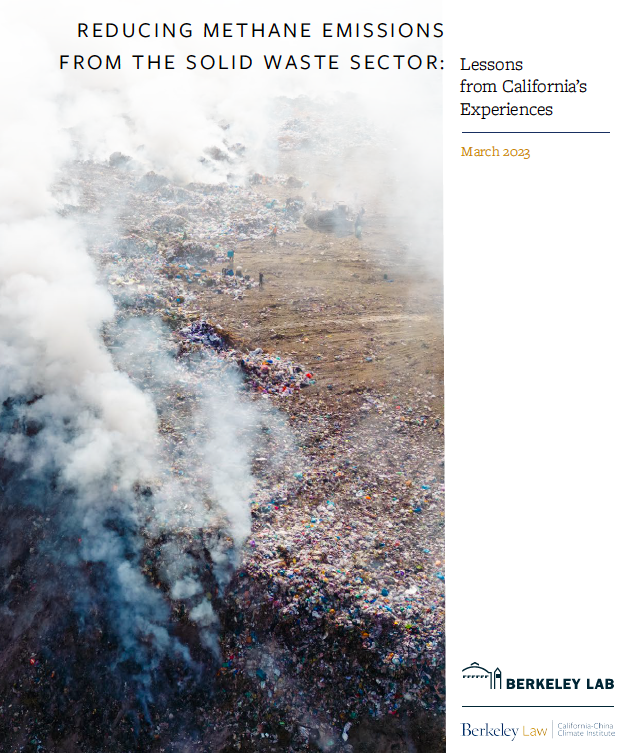 |
|
Reducing Methane Emissions from the Solid Waste Sector: Lessons from California's Experiences (March 2023)This paper provides an overview of California's policies and implementation strategies aimed at mitigating waste methane emissions, and identifies policy gaps and recommendations for future action. As the first state in the United States to adopt regulations addressing methane emissions from the solid waste sector, California has accumulated over a decade of experience in this field. Two key approaches have been adopted to tackle methane emissions: (1) diversion of organic waste from landfills, and (2) reduction of methane emissions from existing landfills. California has utilized a variety of policy instruments, including regulations, financial incentives, monitoring, and evaluation, to achieve its objectives. These efforts have yielded valuable insights into the challenges and opportunities involved in reducing methane emissions in a populous state where waste streams continue to expand. |
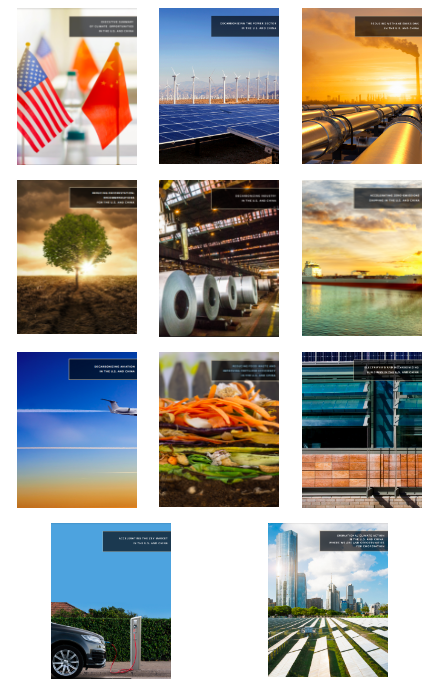 |
Forging A Shared Path to a Net-Zero Future: U.S.-China Climate Action Opportunities Paper Series (March 2023)The California-China Climate Institute published an eleven-paper series of new research, "Forging A Shared Path to a Net-Zero Future: U.S.-China Climate Action Opportunities Paper Series," authored by more than three dozen experts from across the U.S. and China. The series identifies key opportunities for the world’s biggest emitters to accelerate climate action and deliver on the U.S.-China Joint Glasgow Declaration they agreed to at COP26. Key themes include: power sector decarbonization, methane emissions, illegal deforestation, industrial decarbonization, green shipping and aviation, food waste and fertilizer efficiency, building decarbonization, zero-emission vehicle deployment, and subnational cooperation. |
|
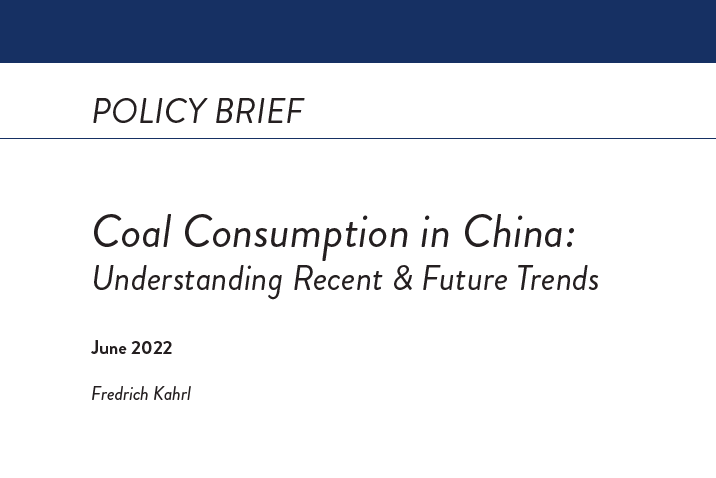 |
|
Coal Consumption in China: Understanding Recent & Future Trends (June 2022)This policy brief reviews recent trends in Chinese coal consumption, offering insights into potential future trends. After a decade of breakneck growth, coal consumption in China has been relatively flat since 2011 (see below figure). Fuel switching to non-fossil fuel energy sources (renewable and nuclear energy) and natural gas have been important drivers of lower coal consumption growth. But the flattening of coal consumption also reflects changes in the Chinese economy that are important for understanding whether and how this trend might continue. |
 |
Achieving a Multi-Beneficial Nature-Based Climate Strategy: An Institutional Framework for Advancing Subnational Climate Action (June 2022)This report outlines a new Nature-Based Solutions (NbS) Governance Framework, to support subnational policymakers in integrating nature-based strategies into climate policy planning processes. NbS approaches such as regenerative agriculture, forest restoration, and green infrastructure, confer concurrent |
|
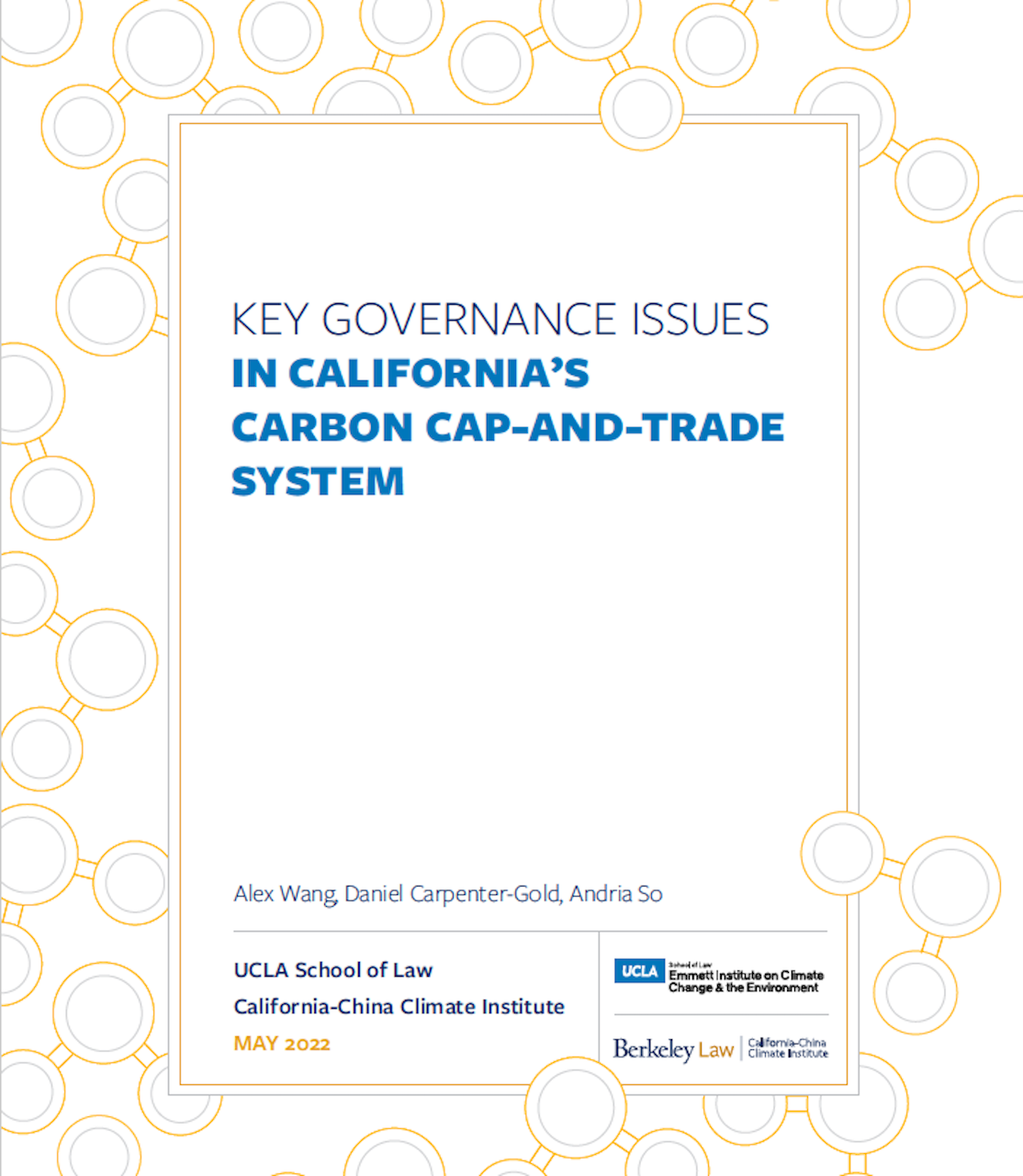 |
Key Governance Issues in California’s Carbon Cap-and-Trade System (June 2022)Researchers at Tsinghua University, the California-China Climate Institute, UCLA School of Law, and Wuhan University convened a series of projects and events to share ideas and best- practices and to discuss ways to improve the design and implementation of emissions trading systems. The collaboration has been guided by the goal of improving understanding of the respective emissions trading systems in China and California. Moreover, it served to explore ways to improve environmental ambition, to ensure market integrity, and to improve the policy environment for climate action. This report details a set of key governance issues for California's carbon market. |
|
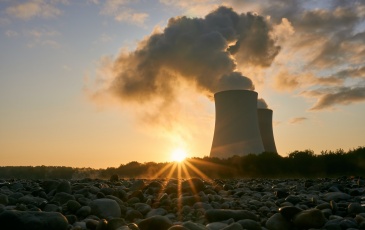 |
A Decade of Action: A Strategic Approach to Coal Phase-Down for China (March 2022)New analysis from the California-China Climate Institute and Center for Sustainability at the University of Maryland outlines a practical and feasible approach to phasing down China's coal consumption by 20% and reducing harmful air pollutants by up to 40% by 2030. |
|
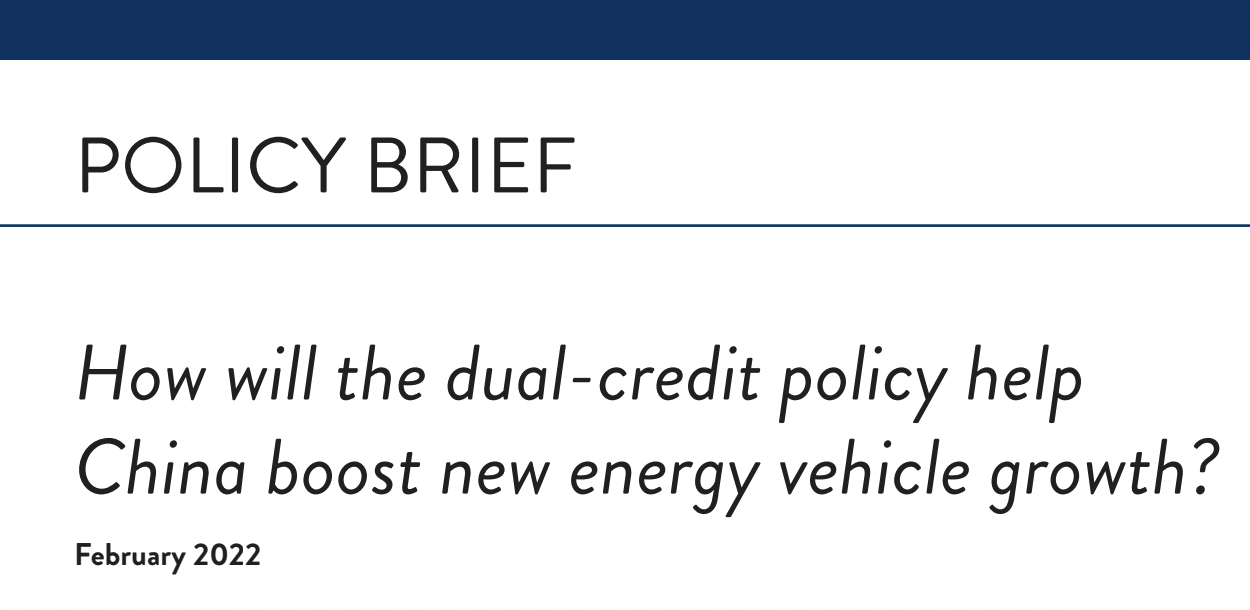 |
How will the dual-credit policy help China boost new energy vehicle growth? (February 2022)This policy brief analyzes China's New Energy Vehicle Mandate, a regulatory approach to increasing new energy vehicles' share, and analyzes its role in shaping growth trends to 2025. |
|
|
|
|
States’ Climate Action for Achieving Carbon Neutrality: What’s out there and yet to be done? (January 2022)As of October 2021, twenty-eight states had set near- or long-term greenhouse gas emissions reductions targets. This white paper analyzes those state targets, and the sectoral policy portfolio to achieve them. |
 |
Peaking by 2025: Aligning Climate and Energy Goals in China’s 14th Five-Year Plan (December 2021)This report examines a potential trajectory for China to achieve its emissions peak early, by 2025, or the end of its current 14th Five-Year Planning process. It offers an analytic framework for the combinations of emissions and energy targets that would be needed to reach this more stringent goal. |
|
 |
Opportunities to Tackle Short-lived Climate Pollutants and other Greenhouse Gases for China (August 2021)This report provides a review of international best-practices on curbing short-lived climate pollutants, including how action can be incorporated in long-term carbon neutrality plans. It describes quantitative modeling scenarios used to identify pathways for cost-effective emissions reductions over the near, medium, and long-term. |
|
|
|
|
Getting to Net Zero: China Report: Pathways to Carbon Neutrality - A Review of Recent Studies on Mid-Century Emissions Transition Scenarios for China (July 2021)This report reviews the latest mid-century energy transition literature for China. The third report in the "Getting to Net Zero" series, it provides a comparative analysis of ten different pathways toward China’s carbon neutrality goal. |
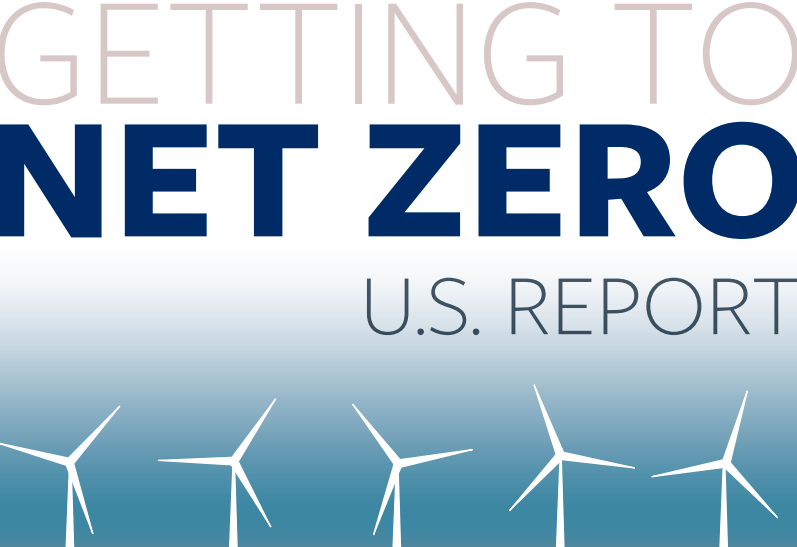 |
Getting to Net Zero: U.S. Report: Pathways to Carbon Neutrality- A review of recent mid-century deep decarbonization studies for the United States (July 2021)This paper is a review of the latest literature on decarbonization pathways for the United States. The second release in the "Getting to Net Zero" series, it examines five major national studies and two state-level analyses, finding parallels among them. |
|
 |
Energy Efficiency and Air Quality Strategies in the U.S. and China: A review of best-practices for Buildings, Transport, and Industry (June 2021)This paper explores best-practices in energy efficiency and air quality co-benefits for the U.S. and China, through an examination of the context in California, and a deeper dive on the buildings, transport, and cement sectors. |
|
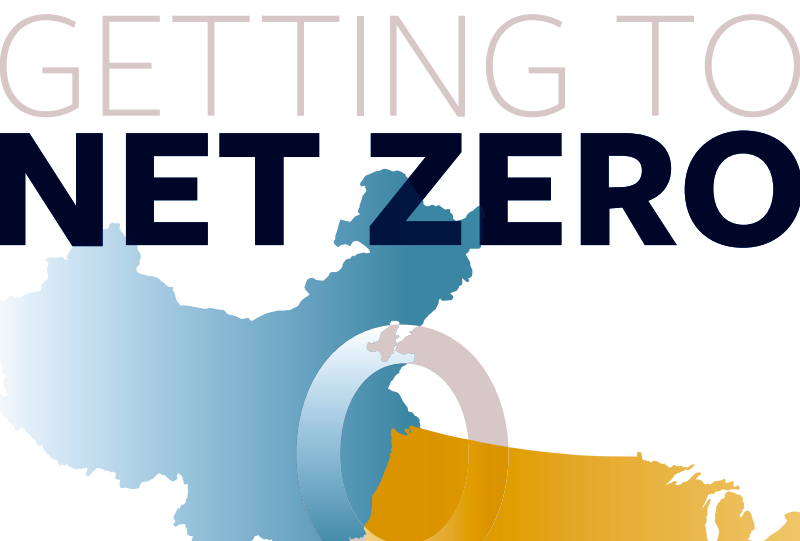 |
Getting to Net Zero: U.S.-China Framework and Milestones for Carbon Neutrality (May 2021)This series explores ways in which the United States and China can coordinate their near-term and mid-term efforts to achieve carbon neutrality by around the middle of this century, based on a review of deep decarbonization pathways studies in both countries. The series includes three reports: a synthesis report that develops a framework and recommends milestones for U.S.-China coordination on carbon neutrality, and two supporting reports that review and analyze recent deep decarbonization studies in the United States and China, respectively. This is the initial synthesis report. |
|
 |
Driving to Zero: California and China’s Critical Partnership on Zero Emission Vehicles (September 2020)This policy paper provides recommendations for how to accelerate deployment and adoption of zero-emissions vehicles (ZEVs) in California, China -- and the rest of the world. The paper points to the longstanding history of cooperation between China and California as the foundation for further coordinated ZEV policy, research and investment opportunities. Researchers also detail existing emissions from the transportation sector in China and California, as well as current policies and incentives to deploy ZEVs, improve air quality and reduce greenhouse gas emissions. |
|
(


